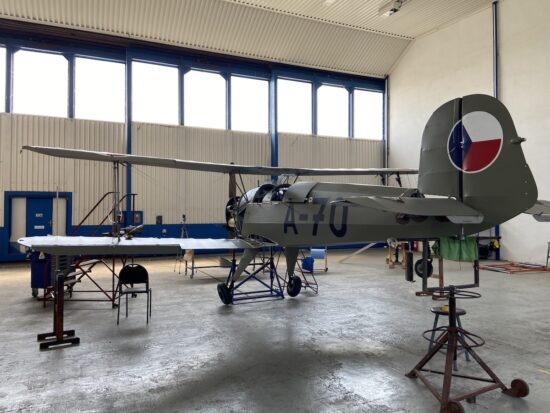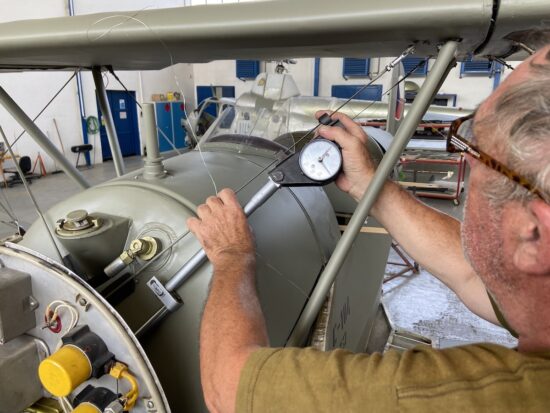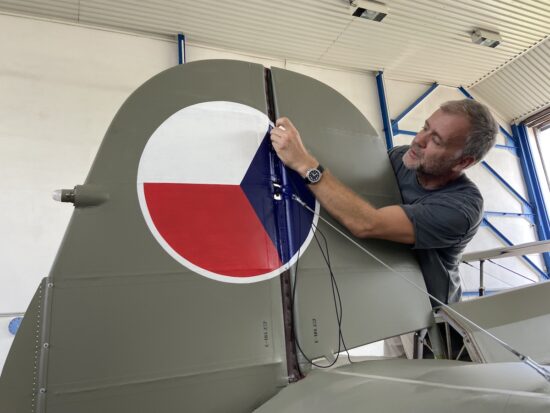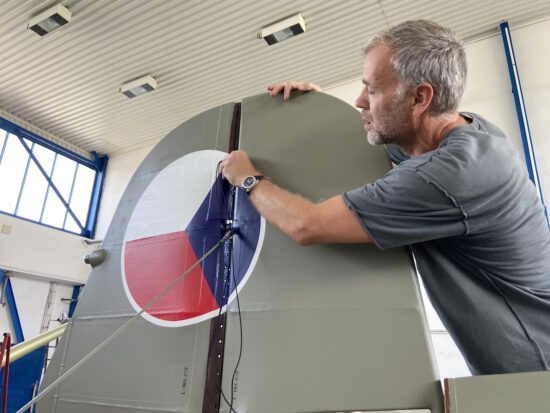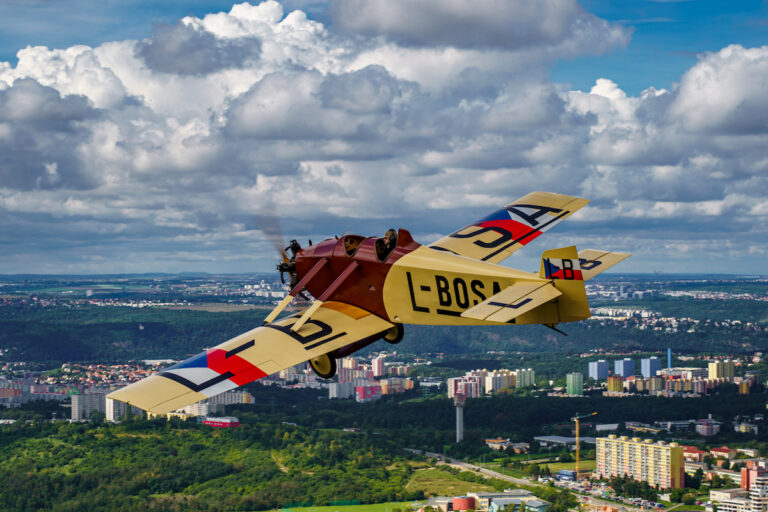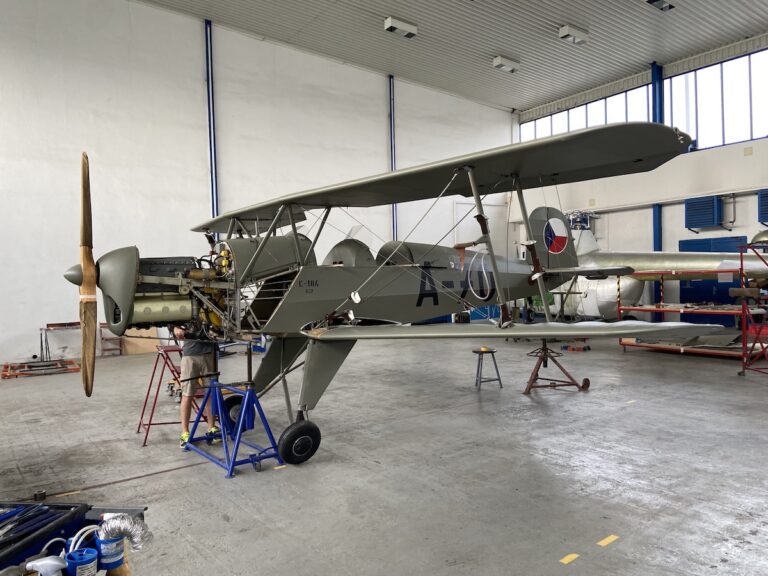News
The Military History Institute Prague has opened the Army Museum in Prague 3 – Žižkov after a complete reconstruction. In the new and modern exposition you can learn about the history of wars on the territory of the Czech Republic. In our experience, it is a good idea to set aside at least four hours for a visit, the museum is really extensive and many of the exhibits are truly unique. We are honoured to have been able to contribute a few items to the collections. Already on display in the Holocaust exhibit is a traveling suitcase from the second half of the 1930s. Which our family bought new in Austria before the Second World War.
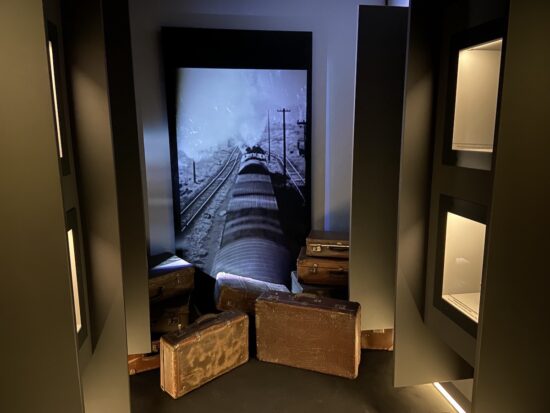


After completing some smaller projects, we returned to the Messerschmitt. The wings are back on the shop floor after a complete rebuild, the first one is already clamped in the jig, and we are starting to put the “guts” together. Control rods, flap controls, slots, flaps, ailerons. Admittedly we will be taking the vast majority of these parts off again before painting, but now is the time to test that everything works flawlessly.

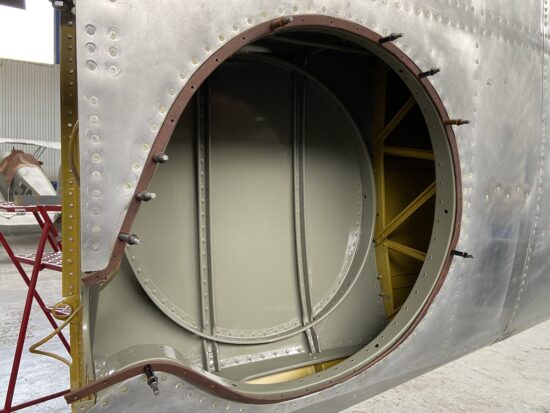
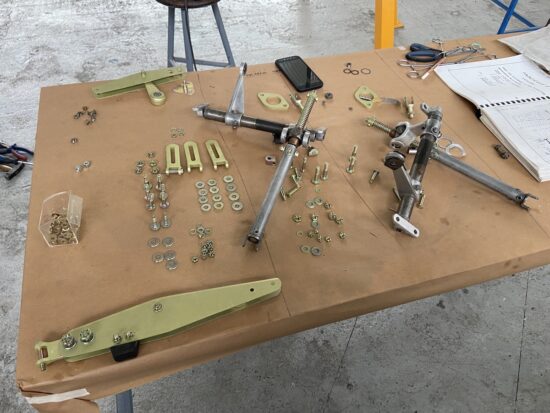
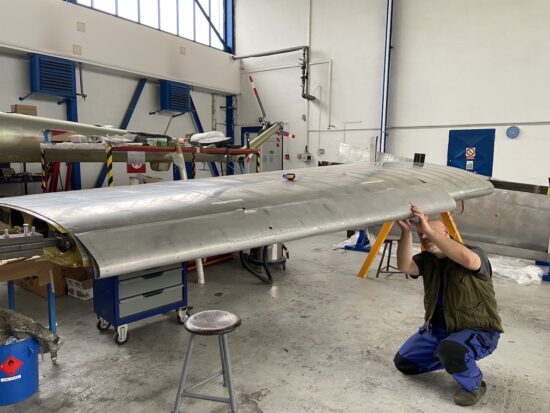
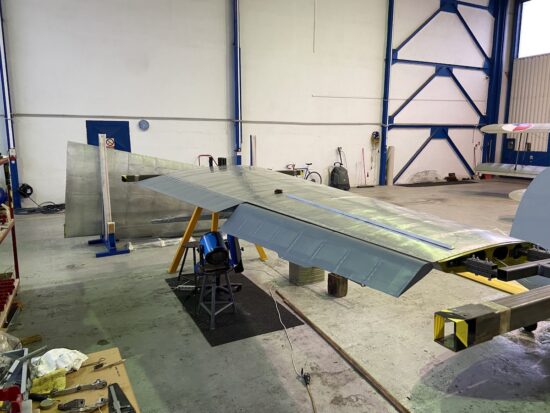
GMC CCKW 353 was one of the “workhorses” of the US Army on almost every battlefield in the world where American soldiers fought for the freedom of the world. Especially in the Czech Republic, it is one of the symbols of our liberation. Sure, it’s not as prominent a piece of history as airplanes or tanks, but if it weren’t for these inconspicuous workhorses, neither planes nor tanks would have gotten off the ground.
The GMC rebuild ended up being more challenging than we initially expected, but that’s been the case with all projects so far. Anyway, we’re at the end of it and looking forward to going on a proper ride with our friends in the spring.

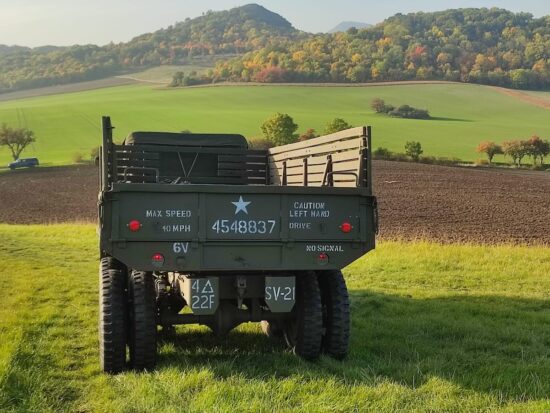


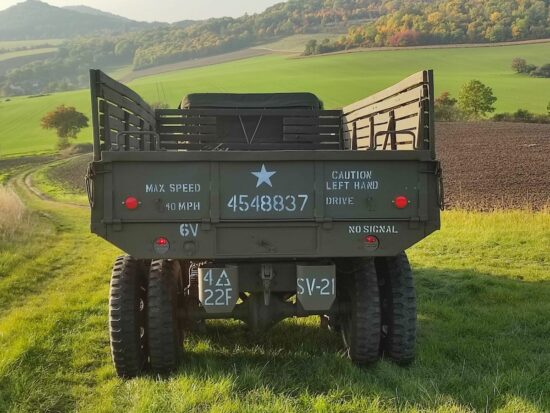
Today we had an amazing day at Prague Točná airport. The plan to photograph our Avie BH 5 over a moving steam locomotive didn’t work out, the locomotive didn’t leave in time. But the morning flight produced some A2A photos of the 1923 aircraft over Prague in 2022. The photo taken from BH5 is from the afternoon flight, which mostly consisted of zigzagging between rain showers. But even that was worth it.
Thanks to Radim Ondruska for A2A photos.
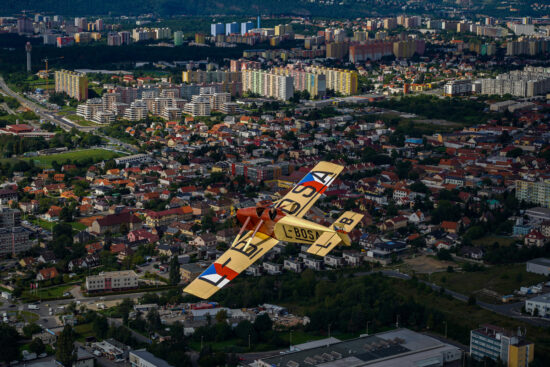
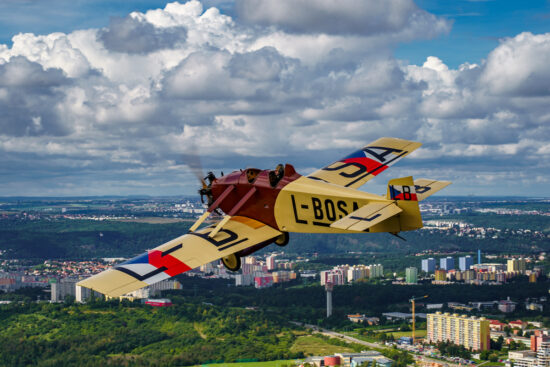
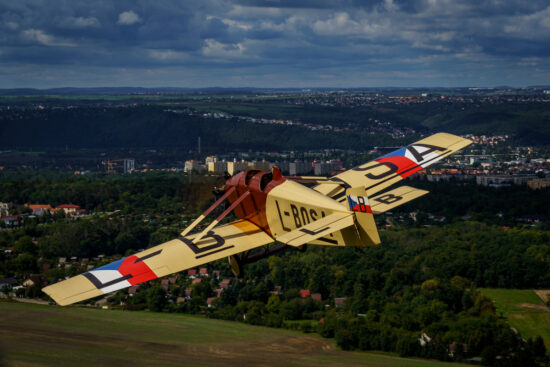
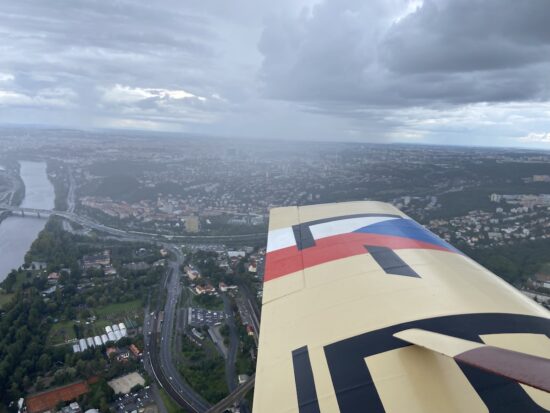
We’ve had a long couple of days of work. But hopefully it’ll be worth it. The Aero C 104 has got its canopy back, all its wings, in short, it’s a plane again. This, as always, was preceded by a lot of work that is not visible. For example, to level the plane, then using a strain gauge to “tune” all the trip wires to the values prescribed by the manufacturer, connect all the cables and control rods, then adjust them again according to the manual. And wherever you tweak one value, it immediately has an impact on the opposite side, in short – it’s a long and tedious process.
By the way, with canvas planes it’s clear that there’s a lot of sewing involved. But there is also the occasional tying, just as people tie their shoes, one such place on the Aero C 104 is the leather overlay of the gap between the stabilizer and rudder. A simple matter at first glance, but even that takes a lot of time.
